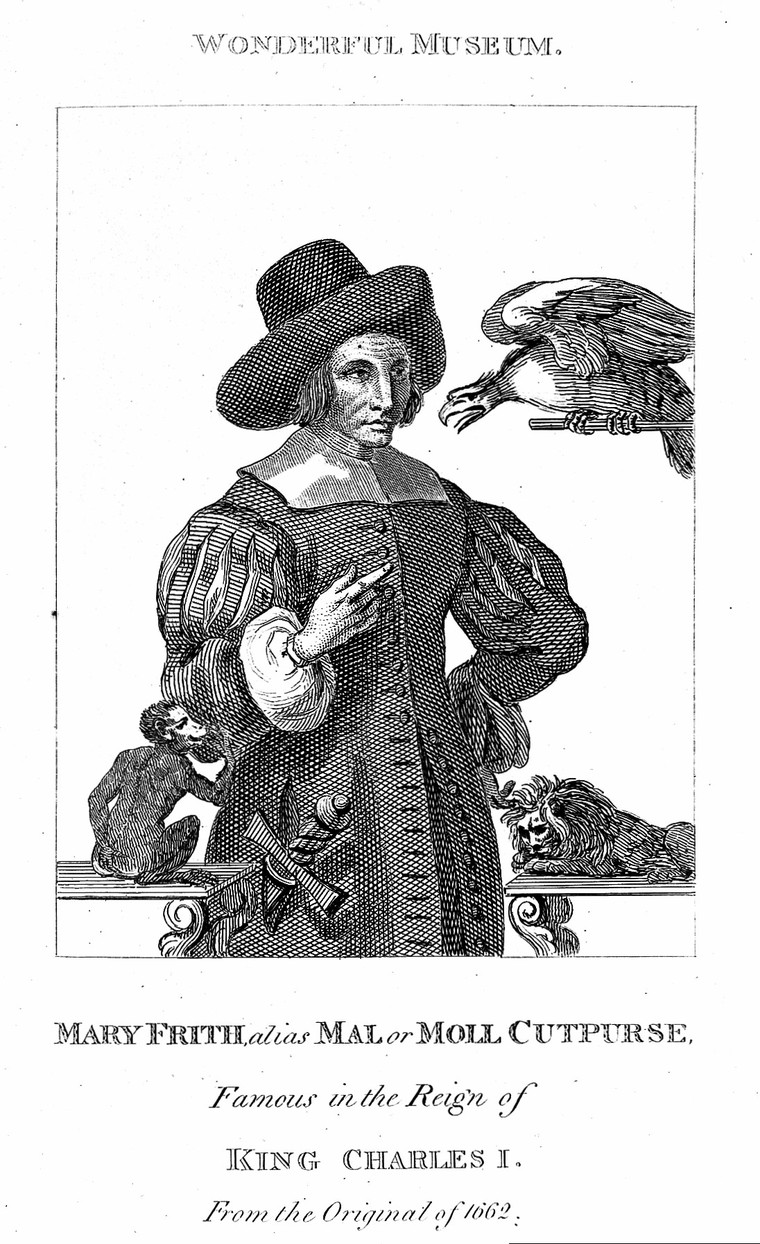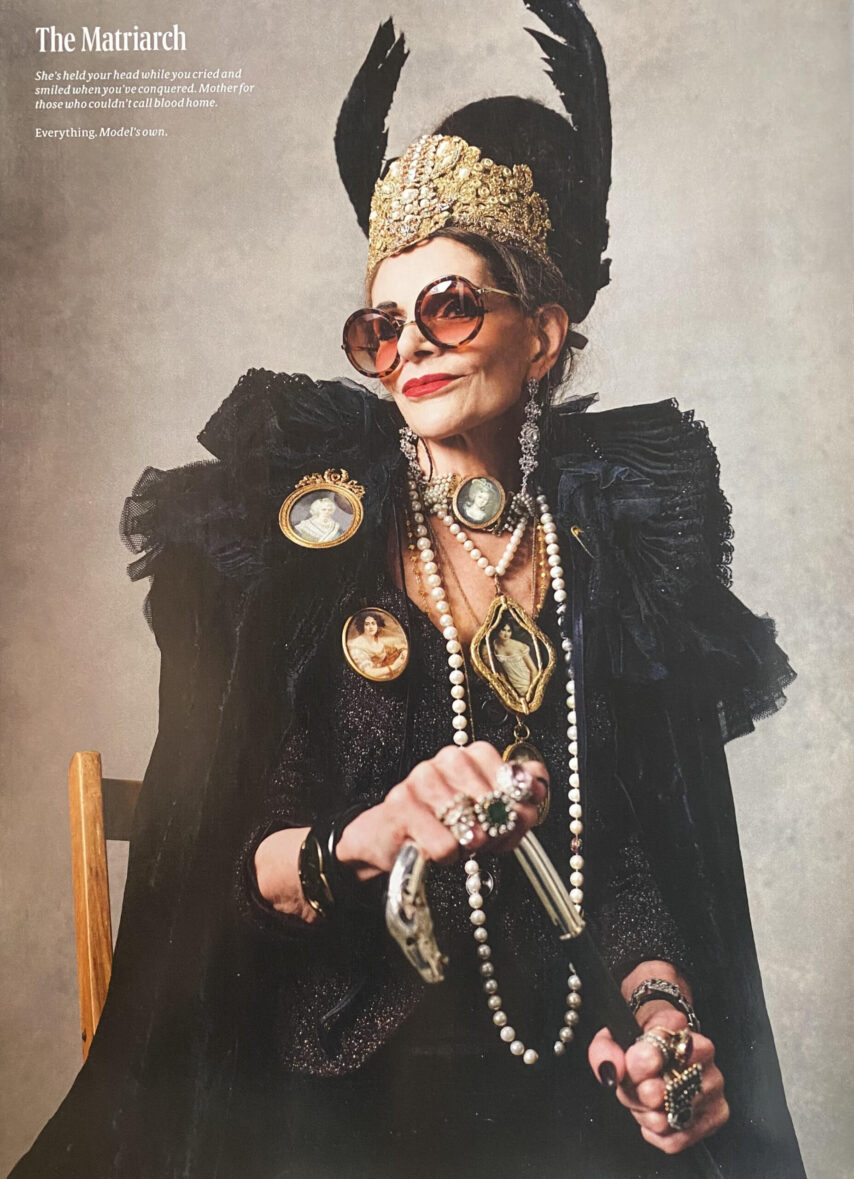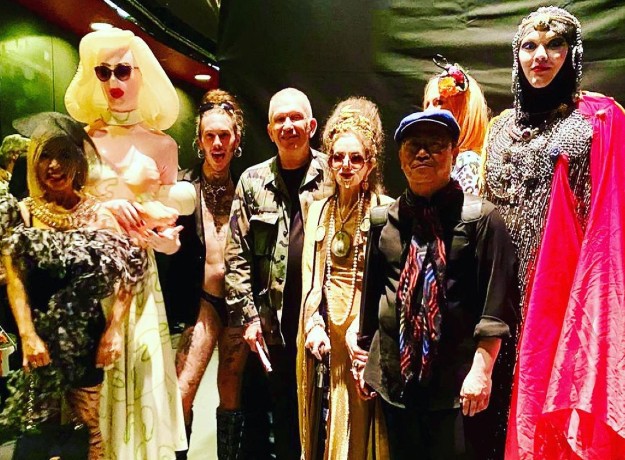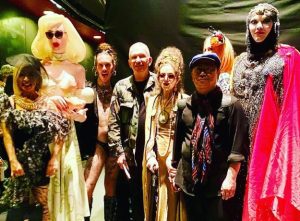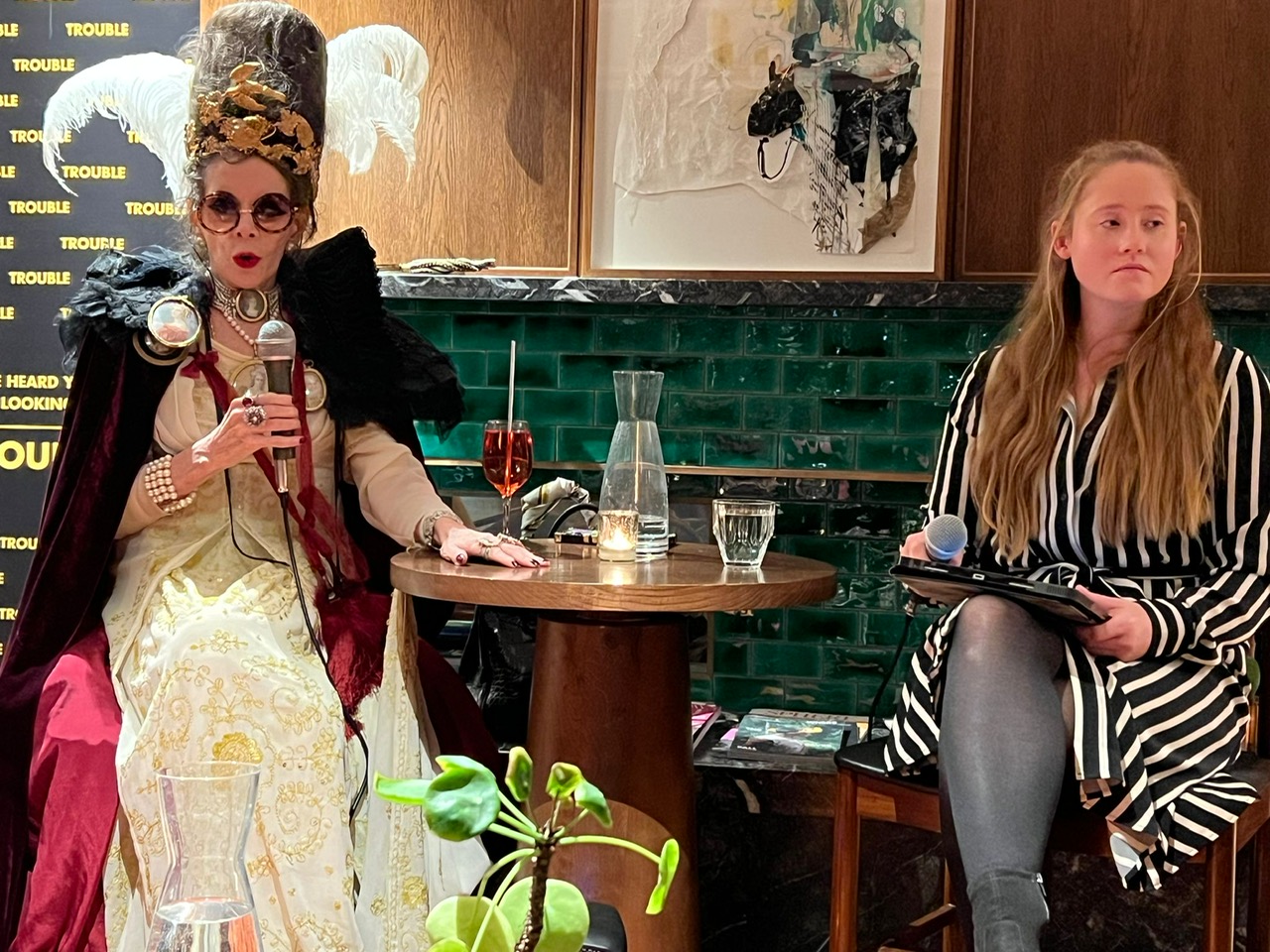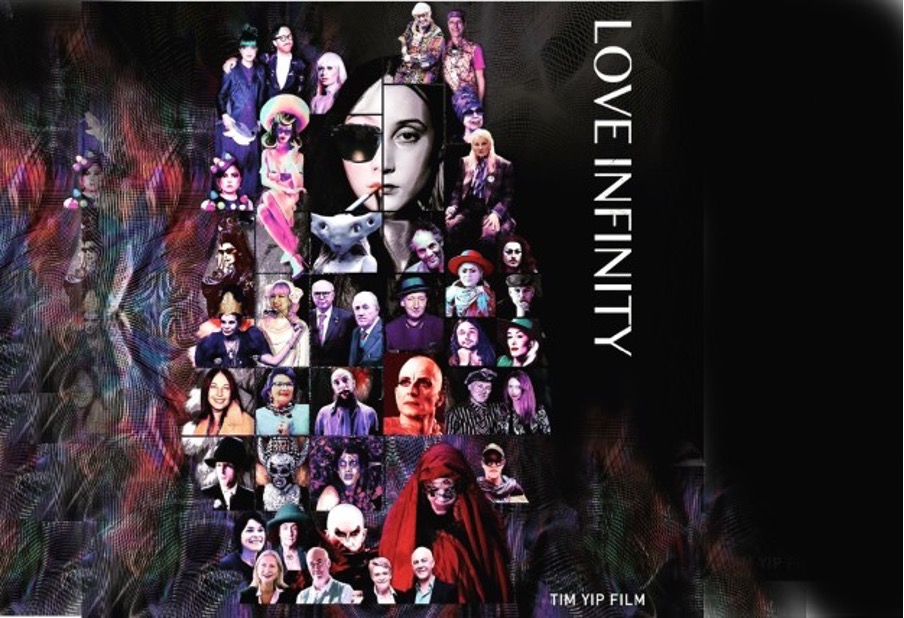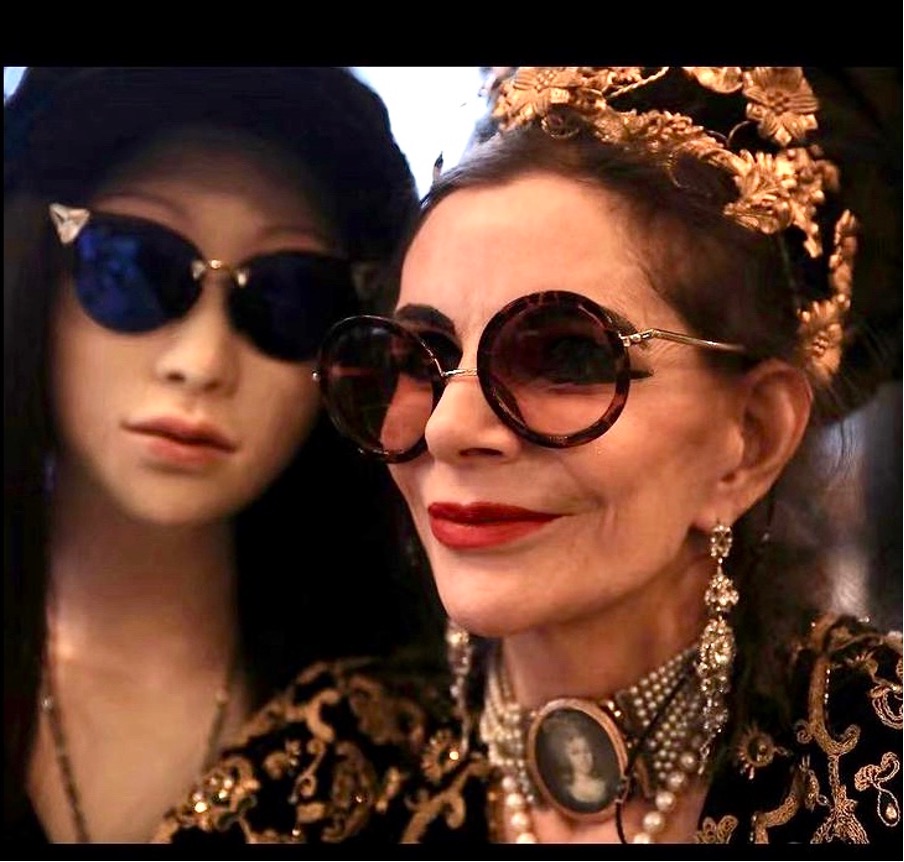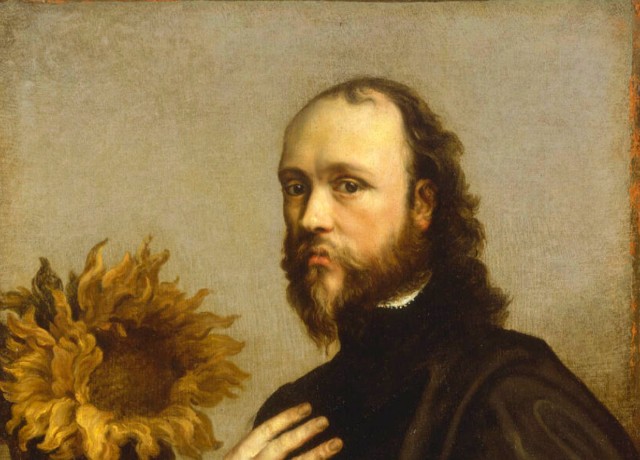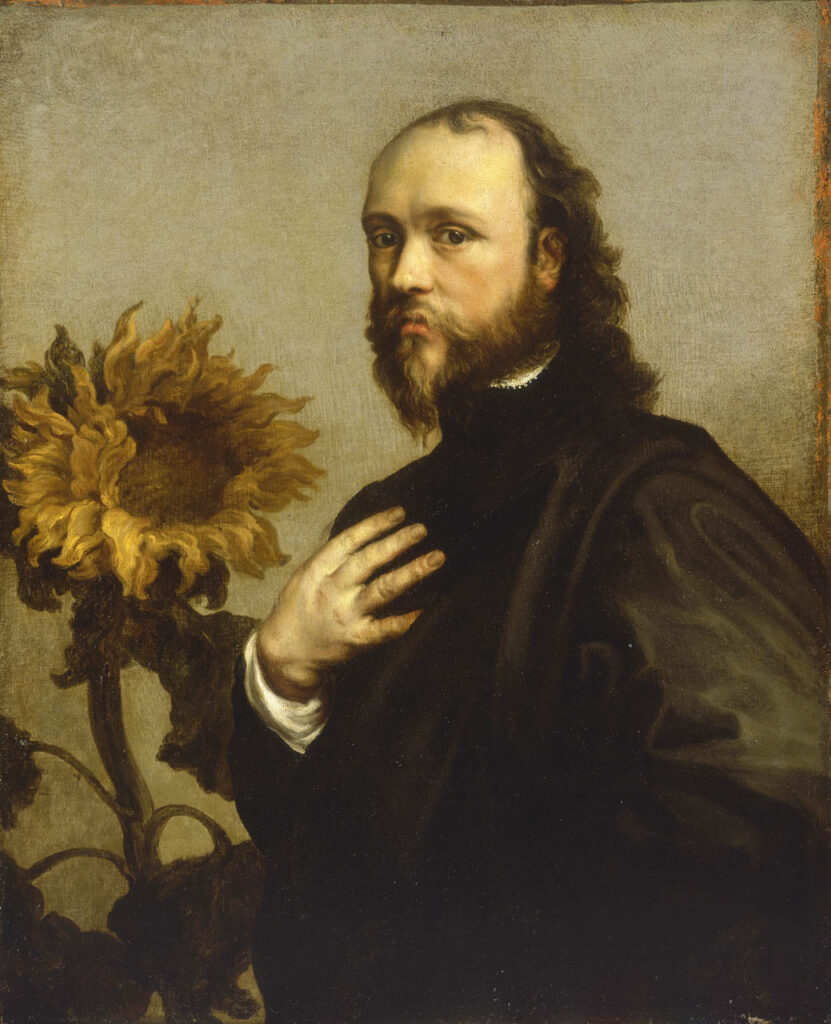The trans actor, Shakespeare’s muse and trans-activist Mall Frith (born Mary 1584 – died 1659) deserves special focus as the first openly trans activist of history. Before Frith, Trans individuals had for the most part immersed themselves into living their truth, concealing their cis gender even though it had been considered natural to be trans or gay since the dawn of time. This tolerance towards LGBTQs changed after the Reformation in the 1530’s as hard line Puritans focused on various interpretations of Old Testament text, taking an especially strident stance against the ungodliness of Beauty, The Arts and Fun. Sex and gender came under obsessive scrutiny by hardline Puritan groups who classified LGBTQ individuals as deviants.
Under pressure from Wolsey, Henry VIII criminalised sodomy in 1636 and although his daughter Queen Mary decriminalised it in 1553, Queen Elizabeth I was persuaded by the powerful Puritan minority to re-criminalise sodomy in 1559. Whilst there were very few criminal charges ever brought using this law, it became a means of persecution and blackmail, forcing many gay men to hide their truth and enter into marriages of convenience. Likewise trans-individuals shredded all trace of their cis gender and frequently married to avoid the vitriol of the puritan propaganda machine which held disproportionate amount of clout though Puritans constituted only 2-5% of a mostly Anglican population.
Mall Frith’s determination to be unapologetically himself and cut a line of his own in the way he lived, dressed and thought and his activism on behalf of non-conformist women and trans rights made Frith the first International Celebrity of the Modern Age, a household name throughout the world. He declared; “I please myself and care not who else loves me.” But he was greatly loved for his fame as an actor and his bravery as an activist. Mall Frith gave a voice to the voiceless. It was said: “no blazing star draws more eyes” (than Mall Frith).

Even the Puritan Military Dictator, Oliver Cromwell, who carried out over a decade of genocides on LGBTQs throughout the kingdom, was helpless to silence the Great Mall Frith. As the hero of Londoners, Mall Frith led women and fellow trans activists to taunt and thwart the tyrant throughout Cromwell’s reign. Frith’s funeral in 1659 was far better attended than Cromwell’s the year before which Peter Lely described as “the most joyous funeral, attended only by a few stray dogs and drunken soldiers who spat curses against Cromwell.
Moreover Frith’s legacy remained great before Victorian revisionist historians maligned him as a pickpocket and whore – absurd claims given he was employed by the Lords of Court as a professional witness and archives describe him as acting for the King in Star Chamber cases. Frith was never charged with any crime. The only court he ever stood before was religious in which was asked to do penance on a Sunday for performing on the public stage as a man dressed as a women dressed as a man, in the play The Roaring Girl in 1611. He died leaving a fortune and a famous mansion on Fleet Street which he left to his niece Francis Edward’s. Moreover Mall Frith was buried under the alter of St Bride’s Church, proof positive that unlike Oliver Cromwell he was valued as one of the Good and The Great of the age.
